- What is Godezia
- Benefits of using Godezia
- How to use Godezia
- Importance of Sowing Godezia on Seedlings
- 1. Enhanced Nutrient Uptake
- 2. Disease Resistance
- 3. Root Development
- 4. Increased Seedling Vigor
- 5. Environmental Friendliness
- Benefits of Godezia for Seedlings
- 1. Enhanced growth and development
- 2. Improved nutrient absorption
- 3. Increased disease resistance
- 4. Enhanced stress tolerance
- 5. Sustainable and eco-friendly
- Preparation before Sowing Godezia on Seedlings
- 1. Selecting the right container
- 2. Choosing the right soil
- 3. Sterilizing the soil
- 4. Preparing the seedlings trays
- 5. Moistening the soil
- 6. Sowing the seeds
- 7. Providing the right conditions
- 8. Protecting the seedlings
- 9. Transplanting the seedlings
- Choosing the Right Seedlings for Godezia
- Variety
- Source
- Age
- Size
- Health
- Compatibility
- Soil Preparation for Godezia Sowing
- 1. Choose the right location
- 2. Clear the area
- 3. Loosen the soil
- 4. Remove large clumps and rocks
- 5. Amend the soil
- 6. Level the soil
- 7. Water the soil
- 8. Create furrows or rows
- 9. Sow the seeds
- 10. Mulch the soil
- Timing and Temperature for Godezia Sowing
- Timing
- Temperature
- Techniques for Sowing Godezia on Seedlings
- 1. Prepare the Soil
- 2. Choose the Right Time
- 3. Prepare the Seedlings
- 4. Provide Adequate Light
- 5. Maintain Proper Moisture
- 6. Thin Out the Seedlings
- 7. Harden Off the Seedlings
- 8. Transplant the Seedlings
- 9. Provide Continued Care
- Direct Seeding vs. Transplanting
- Seeding Depth and Spacing
- Seeding Depth
- Seeding Spacing
- Conclusion
- Questions and Answers:
- When is the best time to sow Godezia seeds on seedlings?
- What kind of soil should I use for sowing Godezia seeds on seedlings?
- How deep should I sow the Godezia seeds on the seedlings?
- How often should I water the Godezia seedlings?
- How long does it take for Godezia seedlings to germinate?
- Do Godezia seedlings need any special care or maintenance?
- When should I transplant the Godezia seedlings into the garden?
- Videos: This Technique of Starting Seeds Will Change Your Life
Godezia is a beautiful flowering plant that adds a touch of color and elegance to any garden. Sowing godezia on seedlings is a great way to ensure a healthy and productive crop. This comprehensive guide will walk you through the steps of sowing godezia on seedlings and provide you with tips on caring for and maintaining your sprouts.
Before sowing godezia on seedlings, it’s important to select the right variety for your garden. Godezia comes in many different colors and sizes, so choose one that suits your taste and the growing conditions in your area. Once you’ve chosen the variety, it’s time to prepare the seedlings.
Start by filling a seed tray with a well-draining soil mix, and then gently press the soil to make it firm. Create small holes in the soil using a dibber or your finger, and carefully place the godezia seeds in the holes. Cover the seeds with a thin layer of soil, and gently water the tray to ensure the seeds are well hydrated.
Remember that godezia seeds are tiny, so handle them carefully to avoid damaging them. It’s also crucial to provide the right growing conditions for your seedlings. Keep the tray in a warm and sunny spot, and make sure the soil remains moist but not waterlogged. Provide regular misting to maintain the desired moisture level.
As the seedlings start to grow, you’ll need to thin them out to ensure proper spacing. Transplant the excess seedlings into individual pots, or directly into your garden if the weather permits. Continue to provide adequate water and sunlight, and protect the seedlings from pests and diseases.
With proper care and maintenance, your godezia seedlings will grow into beautiful flowering plants that will enhance the beauty of your garden. Follow this comprehensive guide to ensure success in sowing godezia on seedlings and enjoy the beauty and charm these plants bring to your outdoor space.
What is Godezia
Godezia is a type of organic fertilizer that is commonly used to enhance the growth and development of seedlings. It is derived from the waste products of cattle, such as manure and urine, which are rich in essential nutrients and minerals needed for plant growth.
Unlike chemical fertilizers, Godezia is an environmentally friendly option as it is made from natural sources and does not contain any harmful chemicals or synthetic additives. It helps to improve the fertility of the soil by providing it with organic matter and improving its water retention capacity.
Benefits of using Godezia
- Improved nutrient availability: Godezia contains a wide range of macro and micronutrients that are essential for plant growth. These nutrients are released slowly over time, providing a steady supply for the seedlings.
- Enhanced soil structure: The organic matter in Godezia helps to improve the structure of the soil, making it more crumbly and friable. This allows for better root penetration and aeration.
- Increased water retention: Godezia helps to improve the water holding capacity of the soil, reducing the need for frequent watering. This is especially beneficial for seedlings, as they are more susceptible to drying out.
- Promotes beneficial microbial activity: Godezia provides nourishment to the microorganisms in the soil, which in turn help to break down organic matter and release nutrients for plant uptake.
- Environmentally friendly: Godezia is a natural and sustainable option for fertilizing seedlings. It does not contribute to water pollution or harm the environment.
How to use Godezia
When using Godezia on seedlings, it is important to follow the recommended application rates to prevent overfertilization. Here are some guidelines:
- Prepare the Godezia: Mix the Godezia with water in a ratio recommended by the manufacturer. This will help to dilute the fertilizer and ensure even distribution.
- Apply to the seedlings: Using a watering can or sprayer, apply the Godezia solution to the base of the seedlings. Avoid getting the leaves wet, as this can lead to fungal diseases.
- Repeat as needed: Depending on the specific requirements of the seedlings, you may need to apply Godezia every few weeks. Follow the instructions on the packaging to determine the appropriate frequency of application.
By incorporating Godezia into your seedling care routine, you can provide your plants with the nutrients they need to thrive and ensure healthy growth and development.
Importance of Sowing Godezia on Seedlings
Sowing Godezia on seedlings is a crucial step in the care and maintenance of sprouts. Godezia refers to a type of beneficial bacteria that forms a symbiotic relationship with plants, aiding in their growth and overall health. The importance of sowing Godezia on seedlings cannot be understated, as it provides several key benefits:
1. Enhanced Nutrient Uptake
Godezia helps seedlings to better absorb essential nutrients from the soil, including nitrogen, phosphorus, and potassium. This improves the overall nutrition of the plants and ensures their proper development.
2. Disease Resistance
The bacteria present in Godezia also act as a protective barrier against harmful pathogens and diseases. They compete with and suppress the growth of harmful microorganisms, reducing the risk of plant infections and diseases.
3. Root Development
Godezia promotes the growth of healthy and robust root systems in seedlings. This is important for the establishment of strong plants that can withstand environmental stresses and absorb water and nutrients efficiently.
4. Increased Seedling Vigor
By providing beneficial bacteria, sowing Godezia on seedlings enhances their overall vigor and vitality. This leads to stronger and more resilient plants that are better equipped to withstand adverse growing conditions.
5. Environmental Friendliness
Using Godezia as a natural method of enhancing seedling growth is an environmentally friendly practice. It reduces the need for synthetic fertilizers and harmful chemical pesticides, minimizing the negative impact on the ecosystem.
In conclusion, sowing Godezia on seedlings is an essential step for promoting healthy and vigorous plant growth. By enhancing nutrient uptake, providing disease resistance, promoting root development, increasing seedling vigor, and being environmentally friendly, Godezia ensures the successful growth and maintenance of seedlings.
Benefits of Godezia for Seedlings
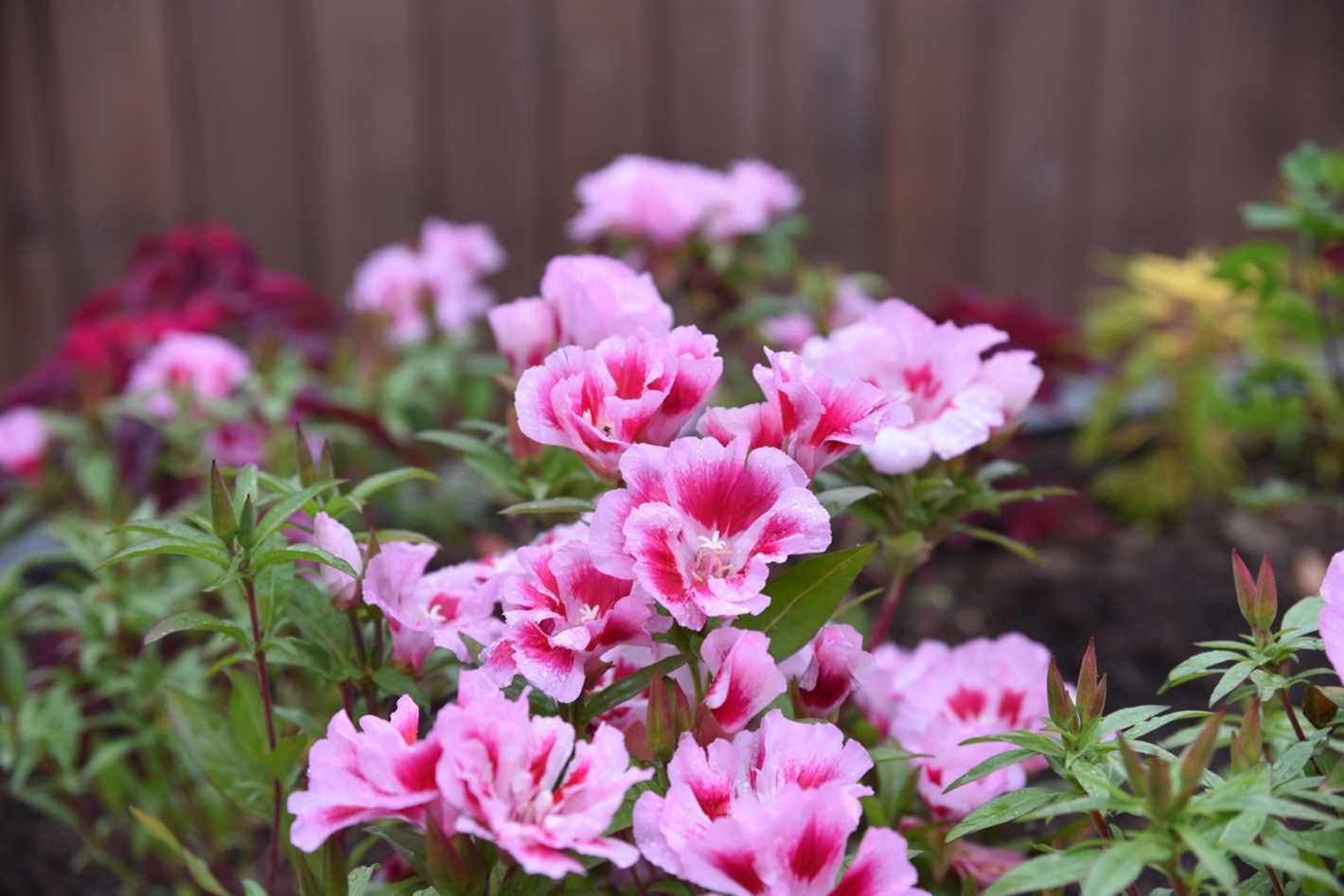
1. Enhanced growth and development
When sowing godezia on seedlings, you can expect to see enhanced growth and development of the plants. Godezia contains essential nutrients and minerals that promote healthy root development and overall plant growth. The seedlings will grow faster, stronger, and healthier, leading to better yields.
2. Improved nutrient absorption
Godezia acts as a natural fertilizer, enriching the soil with valuable nutrients. This leads to improved nutrient absorption by the seedlings. The roots of the plants can effectively extract the necessary elements from the soil, ensuring optimal nutrition and preventing nutrient deficiencies. As a result, seedlings can reach their full potential and thrive.
3. Increased disease resistance
By sowing godezia on seedlings, you can enhance their natural defense mechanisms against diseases and pests. Godezia contains substances that have antimicrobial and antifungal properties, protecting the seedlings from harmful pathogens. This helps to reduce the risk of plant diseases and increases their overall resilience.
4. Enhanced stress tolerance
Godezia helps seedlings to better adapt to environmental stressors such as drought, heat, and cold. The nutrients in godezia strengthen the seedlings’ cell walls and improve their ability to cope with adverse conditions. This ensures that the plants can withstand challenging environments and continue to grow and develop even under stressful circumstances.
5. Sustainable and eco-friendly
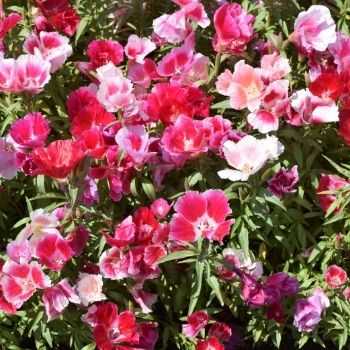
Using godezia for seedling care is an eco-friendly practice. Godezia is a natural product, derived from organic sources. It is free from harmful chemicals and synthetic additives, making it safe for both the environment and human health. By choosing godezia, you support sustainable gardening practices and contribute to the preservation of the ecosystem.
Overall, sowing godezia on seedlings provides numerous benefits, including enhanced growth and development, improved nutrient absorption, increased disease resistance, enhanced stress tolerance, and sustainable gardening practices. Make sure to follow the proper guidelines for applying godezia to ensure optimal results for your seedlings.
Preparation before Sowing Godezia on Seedlings
Proper preparation before sowing godezia on seedlings is crucial for successful growth and development of the plants. Here are some important steps to follow:
1. Selecting the right container
Choose a container that is suitable for seed sowing. It should have good drainage to prevent waterlogging and should be able to hold the necessary amount of soil for the seedlings.
2. Choosing the right soil
Use a high-quality potting mix or seed-starting mix that is well-draining and light in texture. Avoid using heavy garden soil, as it can result in poor germination and stunted growth of the seedlings.
3. Sterilizing the soil
To prevent the growth of pathogens and diseases, sterilize the soil before sowing the godezia seeds. This can be done by baking the soil in the oven at a temperature of 180°C for about 30 minutes.
4. Preparing the seedlings trays
Clean and sterilize the seedling trays or pots before use. This can be done by soaking them in a solution of 1-part bleach to 9-parts water for about 10 minutes. Rinse thoroughly with clean water before filling them with soil.
5. Moistening the soil
Moisten the soil before sowing the godezia seeds. This can be done by spraying water onto the soil until it is evenly moist but not soaking wet. This will provide an ideal environment for seed germination.
6. Sowing the seeds
Follow the instructions on the godezia seed packet for the recommended sowing depth and spacing. Gently press the seeds into the soil and cover lightly with a thin layer of soil. Water the seeds gently after sowing.
7. Providing the right conditions
Place the seedling trays in a warm location with indirect sunlight. Maintain a temperature of around 20-25°C for optimal germination. Keep the soil moist but not soggy by watering the seedlings regularly.
8. Protecting the seedlings
Protect the seedlings from extreme temperatures, pests, and diseases. You can use a plastic cover or a propagator dome to create a mini greenhouse effect and retain moisture. Remove the cover once the seedlings start to emerge.
9. Transplanting the seedlings
When the seedlings have grown to a suitable size, usually with two to three true leaves, they can be transplanted into larger pots or directly into the garden. Harden off the seedlings by gradually exposing them to outdoor conditions before transplanting.
By following these steps and providing proper care and maintenance, you can ensure healthy and vigorous godezia seedlings that will thrive in your garden.
Choosing the Right Seedlings for Godezia
When it comes to sowing godezia on seedlings, selecting the right seedlings is crucial for successful growth. Not all seedlings are suitable for godezia, so it’s important to choose the ones that are most compatible with this specific plant.
Here are some factors to consider when choosing seedlings for godezia:
Variety
There are different varieties of godezia available, each with its own unique characteristics. Some varieties may be more suitable for specific climates or growing conditions. It’s important to research the different varieties and choose the one that is best suited for your specific environment.
Source
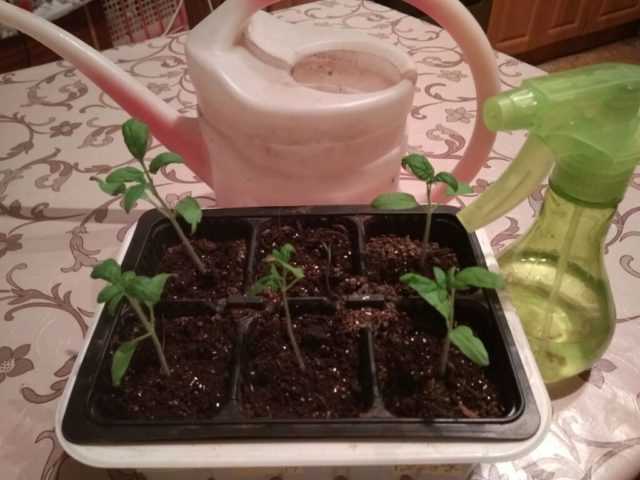
The source of the seedlings is also an important consideration. It’s recommended to purchase seedlings from a reputable nursery or supplier. This ensures that you are getting healthy, disease-free seedlings that have been properly cared for.
Age
The age of the seedlings is another important factor to consider. Seedlings that are too young or too old may not be as robust or resilient. It’s best to choose seedlings that are at a healthy and optimal age for planting.
Size
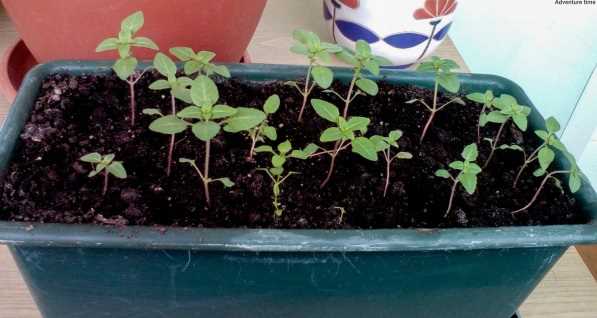
The size of the seedlings can also impact their success in godezia cultivation. Ideally, choose seedlings that are of medium size – not too small and not too large. Seedlings that are too small may struggle to establish themselves, while larger seedlings may have a harder time adapting to new conditions.
Health
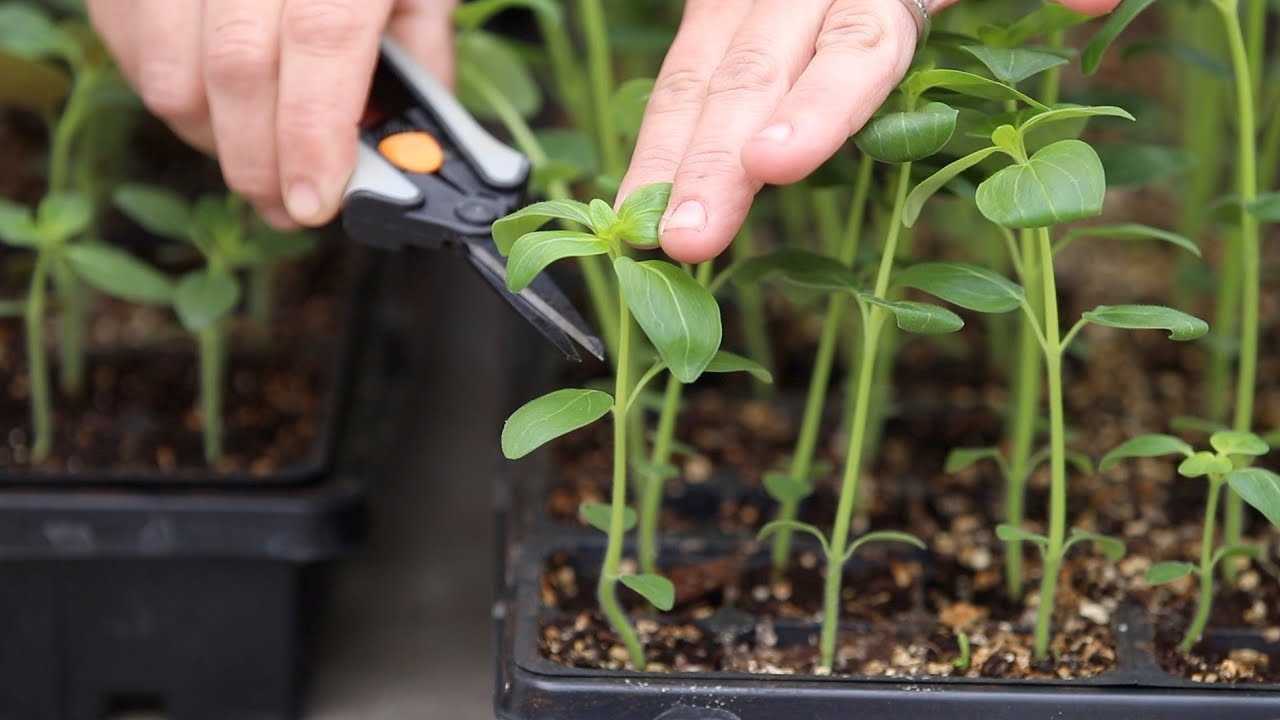
It goes without saying that healthy seedlings are essential for successful godezia cultivation. Inspect the seedlings for any signs of disease or damage. Ensure that the leaves are green and vibrant, and that there are no visible pests or abnormalities.
Compatibility
Lastly, consider the compatibility of the seedlings with godezia. Factors such as soil type, sun exposure, and water requirements should align with the specific needs of godezia. It’s important to choose seedlings that are best suited for godezia to ensure optimal growth and yield.
By considering these factors and choosing the right seedlings, you can set a solid foundation for successful godezia cultivation.
Soil Preparation for Godezia Sowing
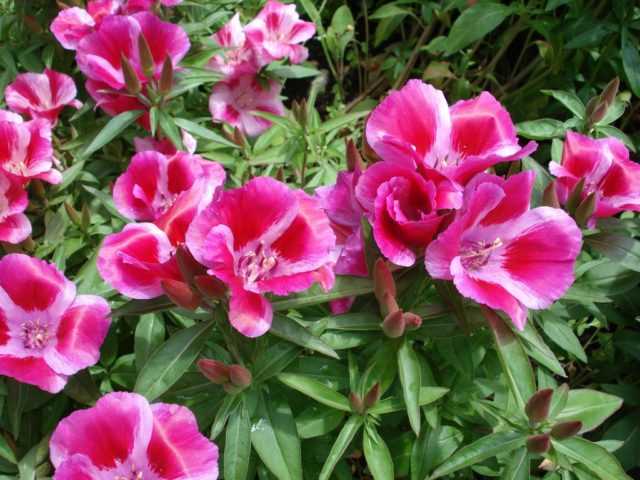
Proper soil preparation is essential for successfully sowing Godezia seeds and ensuring healthy growth and development of seedlings. Here are the steps to prepare the soil before sowing:
1. Choose the right location
Find a suitable location for sowing Godezia seeds. It should receive full sun for at least 6-8 hours a day and have well-draining soil. Avoid areas with heavy shade or poor drainage.
2. Clear the area
Remove any weeds, rocks, or debris from the selected area. Weeds can compete with Godezia seedlings for nutrients and moisture, so it’s important to eliminate them before sowing.
3. Loosen the soil
Loosen the top layer of soil using a garden fork or rake. This will help improve aeration and drainage, as well as make it easier for the Godezia roots to penetrate the soil.
4. Remove large clumps and rocks
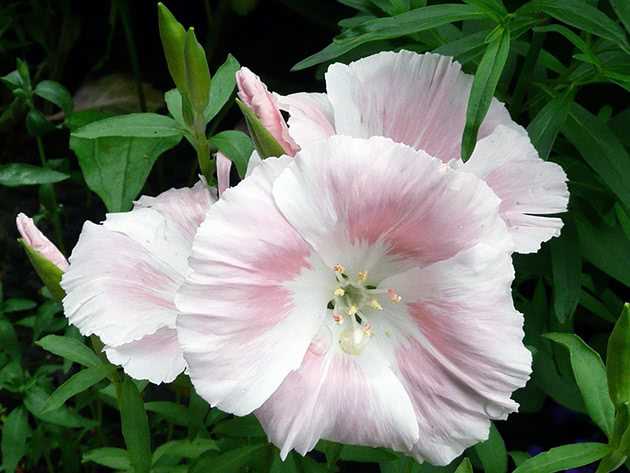
Break up any large clumps of soil and remove rocks or debris that may hinder seedling growth.
5. Amend the soil
If the soil is lacking in nutrients, you can amend it by adding compost or well-rotted manure. This will provide the necessary organic matter and nutrients for healthy Godezia growth.
6. Level the soil
Using a rake, level the soil to create a smooth surface for sowing Godezia seeds. This will help ensure even germination and growth.
7. Water the soil
Before sowing the seeds, thoroughly water the prepared soil. This will help settle the soil and provide the necessary moisture for seed germination.
8. Create furrows or rows
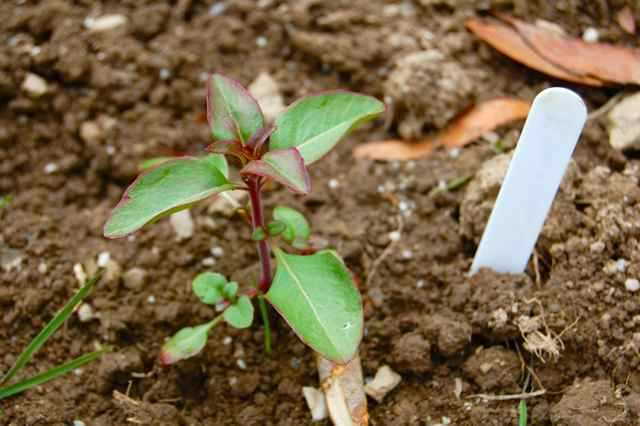
Depending on your preferred planting method, create furrows or rows in the soil using a garden trowel or your finger. Make sure the furrows are deep enough to accommodate the Godezia seeds.
9. Sow the seeds
Place the Godezia seeds in the furrows at the recommended spacing and depth, as specified on the seed packet. Gently cover the seeds with soil and pat it down lightly to ensure good seed-to-soil contact.
10. Mulch the soil
Apply a layer of organic mulch, such as straw or wood chips, on the soil surface. This will help conserve moisture, suppress weed growth, and regulate soil temperature.
By following these soil preparation steps, you can provide an optimal growing environment for your Godezia seedlings and increase the chances of a successful harvest.
Timing and Temperature for Godezia Sowing
Godezia seedlings have specific requirements for timing and temperature to ensure successful growth and development. By understanding these factors, you can give your Godezia seedlings the best start.
Timing
The perfect time for sowing Godezia seeds is in early spring when the soil has warmed up and there is no more chance of frost. This usually occurs around April or May, depending on your specific location. Sowing Godezia seeds too early may expose the seedlings to cold temperatures, which can stunt their growth or even kill them. On the other hand, sowing them too late can result in insufficient time for the seedlings to mature before the fall frost sets in.
Temperature
Godezia seeds require a certain temperature range for germination and healthy growth. Ideally, the soil temperature should be between 70°F (21°C) and 75°F (24°C) for optimal germination. You can use a soil thermometer to measure the temperature of the soil before sowing the seeds. If the temperature is too low, you can use mulch or a soil heating mat to provide additional warmth.
After germination, the temperature can be lowered to around 65°F (18°C) to 70°F (21°C) during the day and 55°F (13°C) to 60°F (16°C) during the night. This temperature drop helps promote sturdy growth and prevents the seedlings from becoming lanky or leggy. Consistent temperature control is crucial during the early stages of growth to ensure healthy and vigorous Godezia seedlings.
Techniques for Sowing Godezia on Seedlings
Godezia is a delicate plant that requires careful attention during the sowing process. By following these techniques, you can ensure successful growth and healthy seedlings.
1. Prepare the Soil
Before sowing Godezia, prepare the soil by mixing it with compost or organic matter to enhance its fertility. Make sure the soil is well-drained and free from any debris or weeds that can hinder seedling growth.
2. Choose the Right Time
Select the appropriate time to sow Godezia seedlings. Ideally, it is best to sow them in late spring or early summer when the temperatures are warmer and the risk of frost has passed. This will promote optimal growth and reduce the chances of seedling damage.
3. Prepare the Seedlings
Start by filling seedling trays or pots with a seedling mix or a well-draining soil. Moisten the soil before sowing the Godezia seeds to provide a suitable environment for germination. Sow the seeds at a depth of approximately 1/4 inch and cover them lightly with soil.
4. Provide Adequate Light
Place the seedling trays or pots in a location that receives bright, indirect light. Godezia requires at least 6-8 hours of sunlight per day for optimal growth. If natural light is limited, consider using grow lights to supplement the light requirements.
5. Maintain Proper Moisture
Godezia seedlings need consistent moisture to germinate and grow. Water the seedlings regularly, keeping the soil moist but not waterlogged. Avoid overwatering as it can lead to root rot and other diseases. Monitor the moisture levels and adjust the watering accordingly.
6. Thin Out the Seedlings
Once the Godezia seedlings have grown a few sets of true leaves, thin them out to provide adequate space for each plant to grow. Carefully remove the weaker seedlings, leaving only the strongest and healthiest ones to continue growing.
7. Harden Off the Seedlings
Before transplanting the Godezia seedlings outdoors, they need to be gradually exposed to the outdoor conditions. This process, known as hardening off, helps the seedlings adjust to the temperature fluctuations and stronger sunlight. Start by placing the seedlings outside for a few hours each day, gradually increasing the time span over a week.
8. Transplant the Seedlings
Once the Godezia seedlings have been hardened off, they are ready for transplanting into the garden or containers. Choose a sunny location with well-draining soil and gently plant the seedlings, spacing them according to the recommended guidelines.
9. Provide Continued Care
After transplanting, continue to provide proper care and maintenance to ensure the healthy growth of Godezia plants. Water the seedlings regularly, monitor for any signs of pests or diseases, and fertilize as needed to promote vigorous growth.
By following these techniques, you can successfully sow Godezia on seedlings and enjoy a bountiful harvest of this beautiful and fragrant plant. Happy sowing!
Direct Seeding vs. Transplanting
Direct Seeding
- Direct seeding involves planting seeds directly into the desired growing location.
- This method is commonly used for crops with a relatively short growing season or those that do not transplant well.
- Direct seeding can be done outdoors in the garden or in containers.
- The main advantage of direct seeding is that it eliminates the need for the additional step of transplanting.
- Direct seeding allows for maximum use of available space and is cost-effective as it doesn’t require the use of seedling trays or pots.
- However, direct seeding may require more time and effort to protect the seeds from pests, diseases, and adverse weather conditions.
Transplanting
- Transplanting involves starting seeds indoors or in a greenhouse and then moving the seedlings to their final growing location.
- This method is commonly used for crops with a longer growing season or those that benefit from an early start.
- Transplanted seedlings have a head start and can be more resistant to pests and diseases.
- Transplanting allows for better control over growing conditions, such as temperature and moisture.
- However, transplanting requires the use of seedling trays, pots, or other containers, which can be costly and time-consuming.
- Transplanted seedlings also require more care and attention during the hardening off process to acclimate them to outdoor conditions.
In summary, the choice between direct seeding and transplanting will depend on various factors such as the type of crop, growing season length, available space, and personal preferences. Both methods have their advantages and disadvantages, so it’s important to consider these factors when deciding which approach to use.
Seeding Depth and Spacing
Proper seeding depth and spacing are crucial factors to consider when sowing godezia on seedlings. The depth at which you plant the seeds and the spacing between them determine the overall health and productivity of the plants.
Seeding Depth
The ideal seeding depth for godezia seeds is approximately 1/4 to 1/2 inch (0.6 to 1.3 cm) deep. Planting the seeds at this depth ensures that they have enough soil coverage for proper germination, while still allowing them to emerge easily towards the surface.
It is important not to sow the seeds too deep, as this can hinder their ability to sprout and reach the sunlight. Conversely, planting the seeds too shallow may expose them to drying out or being displaced by wind or water.
Seeding Spacing
The spacing between godezia seeds depends on the desired growth and maturity of the plants. Providing enough space between seedlings allows them to receive adequate light, air circulation, and nutrients from the soil.
For godezia plants, it is recommended to space the seeds approximately 6 to 12 inches (15 to 30 cm) apart in rows, with a distance of 18 to 24 inches (46 to 61 cm) between rows. This spacing allows the plants to develop a strong root system and expand their foliage without overcrowding.
Spacing guidelines may vary depending on the specific variety of godezia and the available space in your garden or seedling tray. It is important to follow the specific spacing recommendations provided by the seeds’ supplier or the gardening experts for optimal growth.
Conclusion
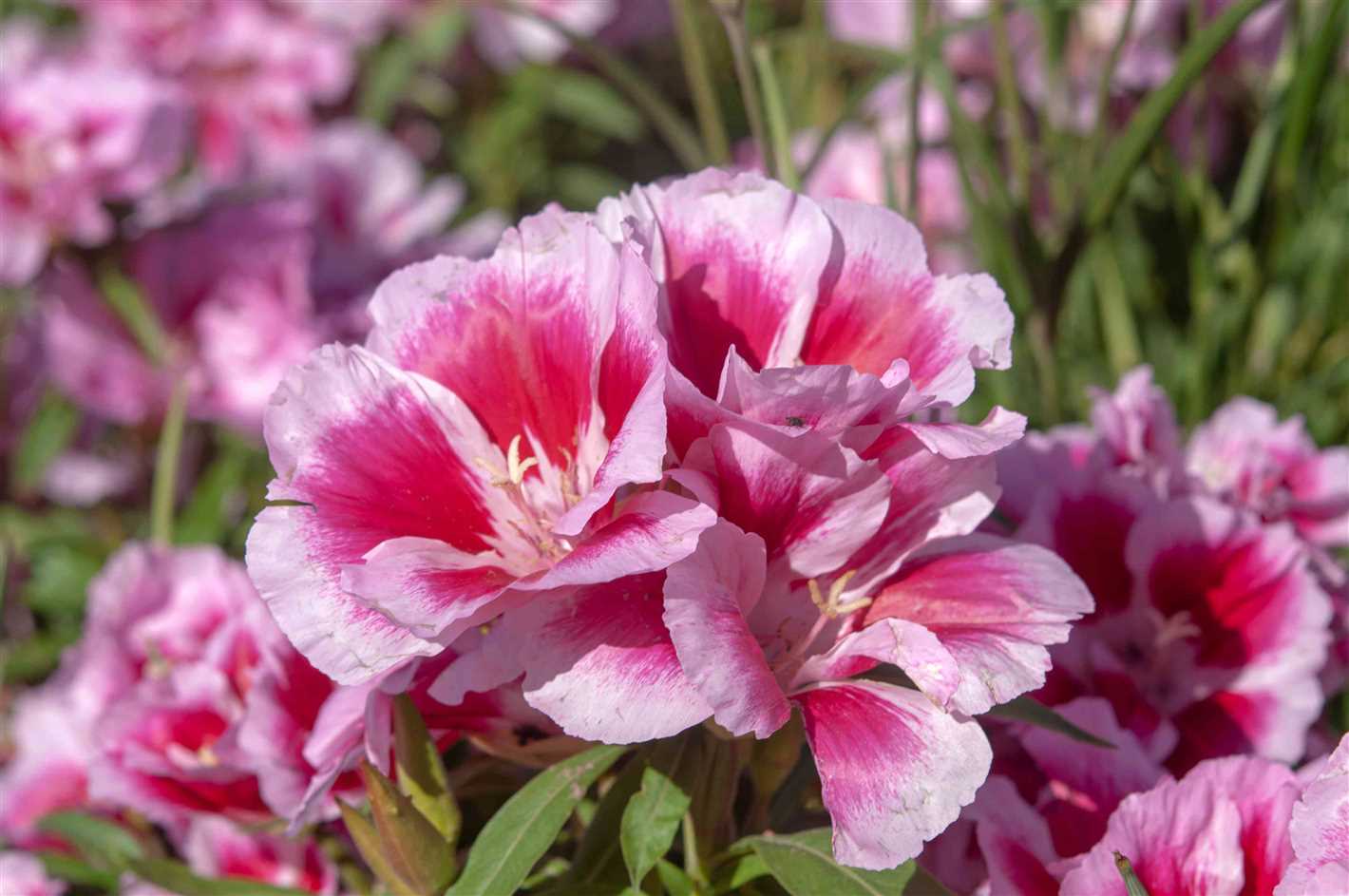
When sowing godezia on seedlings, paying attention to seeding depth and spacing is essential to ensure healthy and productive plants. Plant the seeds at an appropriate depth to balance germination and emergence, and provide enough spacing to allow for optimum growth and development. Following these guidelines will help you achieve successful godezia cultivation and enjoy bountiful harvests.
Questions and Answers:
When is the best time to sow Godezia seeds on seedlings?
The best time to sow Godezia seeds on seedlings is in late winter or early spring, around 6-8 weeks before the last frost date.
What kind of soil should I use for sowing Godezia seeds on seedlings?
It is recommended to use a well-draining soil mix that is rich in organic matter for sowing Godezia seeds on seedlings. A mix of peat moss, perlite, and vermiculite would work well.
How deep should I sow the Godezia seeds on the seedlings?
Godezia seeds should be sown about 1/4 inch deep on the seedlings. It is important not to bury them too deep, as they need light to germinate.
How often should I water the Godezia seedlings?
Godezia seedlings should be watered regularly, keeping the soil moist but not soggy. It is recommended to water them whenever the top inch of soil feels dry.
How long does it take for Godezia seedlings to germinate?
Godezia seedlings usually germinate within 7-14 days after sowing. However, the germination time can vary depending on the temperature and other growing conditions.
Do Godezia seedlings need any special care or maintenance?
Godezia seedlings require regular care and maintenance. They need to be kept in a warm and well-lit area, watered regularly, and protected from pests and diseases. They may also benefit from a diluted fertilizer application once they have developed true leaves.
When should I transplant the Godezia seedlings into the garden?
Godezia seedlings are ready to be transplanted into the garden when they have developed a sturdy stem and at least two sets of true leaves. This usually takes around 4-6 weeks from the time of sowing.







